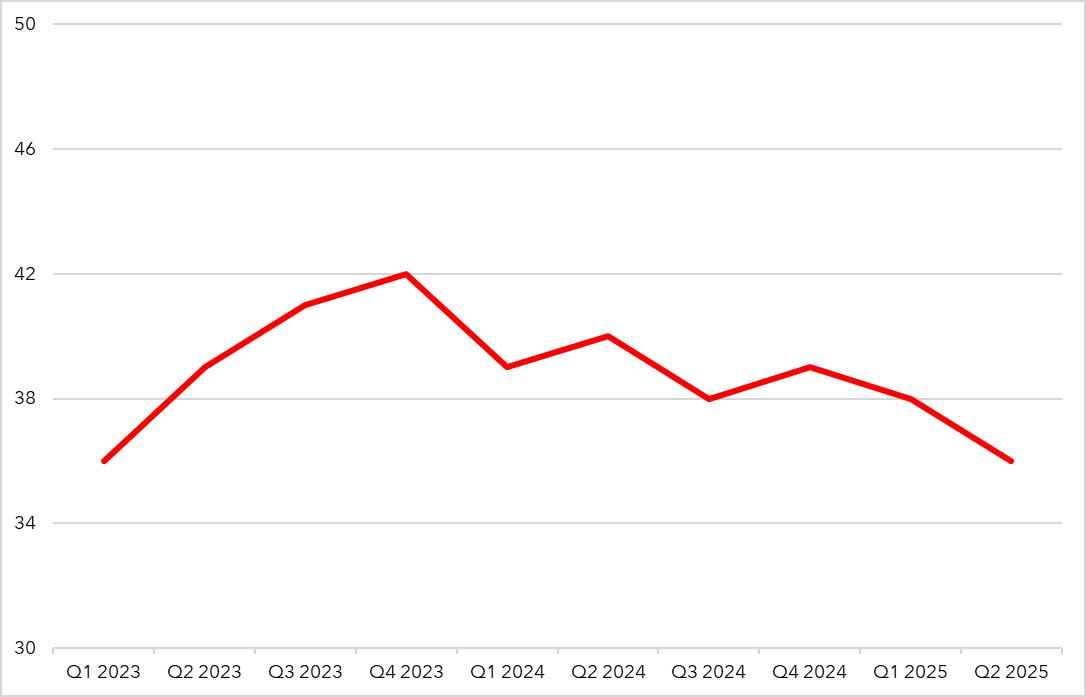

















Arizona and the Greater Phoenix’s economies are experiencing a slower increase in employment rates and nonfarm payroll jobs compared to the previous 12 months. A mild recession is anticipated for the overall US economy which will translate to a slower paced growth for the Greater Phoenix region and the state in the near-term future.
Prices in Greater Phoenix increased by 0.9% for the two months ending in August 2025. Over the last 12 months, the Consumer Price Index for all Urban Consumers (CPI-U) increased by 1.4%.
Food prices increased 1%. Energy prices declined 0.8%. The index for all other items less food and energy rose 1.7% over the year.
Inflation rose to 2.9% nationally in August; a 2 percentage point increase from July. Greater Phoenix recorded a rate of 1.4% in August, an increase of 1.2 percentage points from June. Despite national and regional Inflation rates slowing down, the nation is still experiencing high interest rates, implying a tighter monetary policy, which is likely contributing to slower economic growth in Arizona and the US.
Arizona’s annual per capita disposable personal income is currently $56,293; a 38% increase from 2018 when personal disposable income was $40,703. Despite this growth, increase in disposable income is still lagging the inflation rates.
The House Price Index percentage change for the Greater Phoenix region from Q2 2024 is at 1.73%; home prices have been on the rise since Q1 2023.

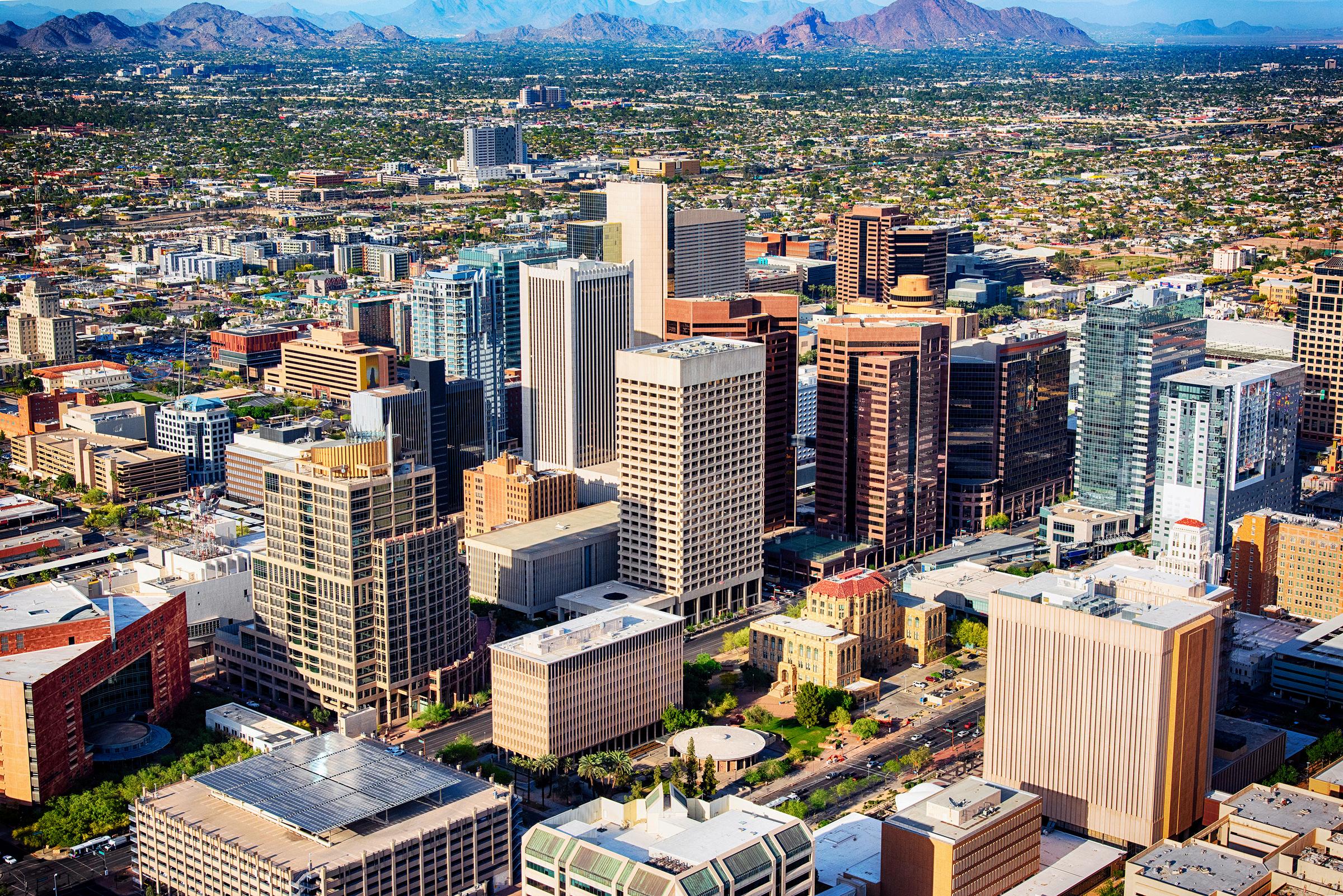

Greater Phoenix real GDP in 2023 was $322.79 billion, expanding by 2.9% over the previous year
Arizona real GDP grew 3.0% from 2022 to 2023
$25,000,000
$20,000,000 $15,000,000
U.S. real GDP grew 2.7% from 2022 to 2023
Most recent estimates of GDP indicate a 3.8% annual growth rate in Q2 2025 nationally, a contrast to the -0.6% rate in Q1 2025.
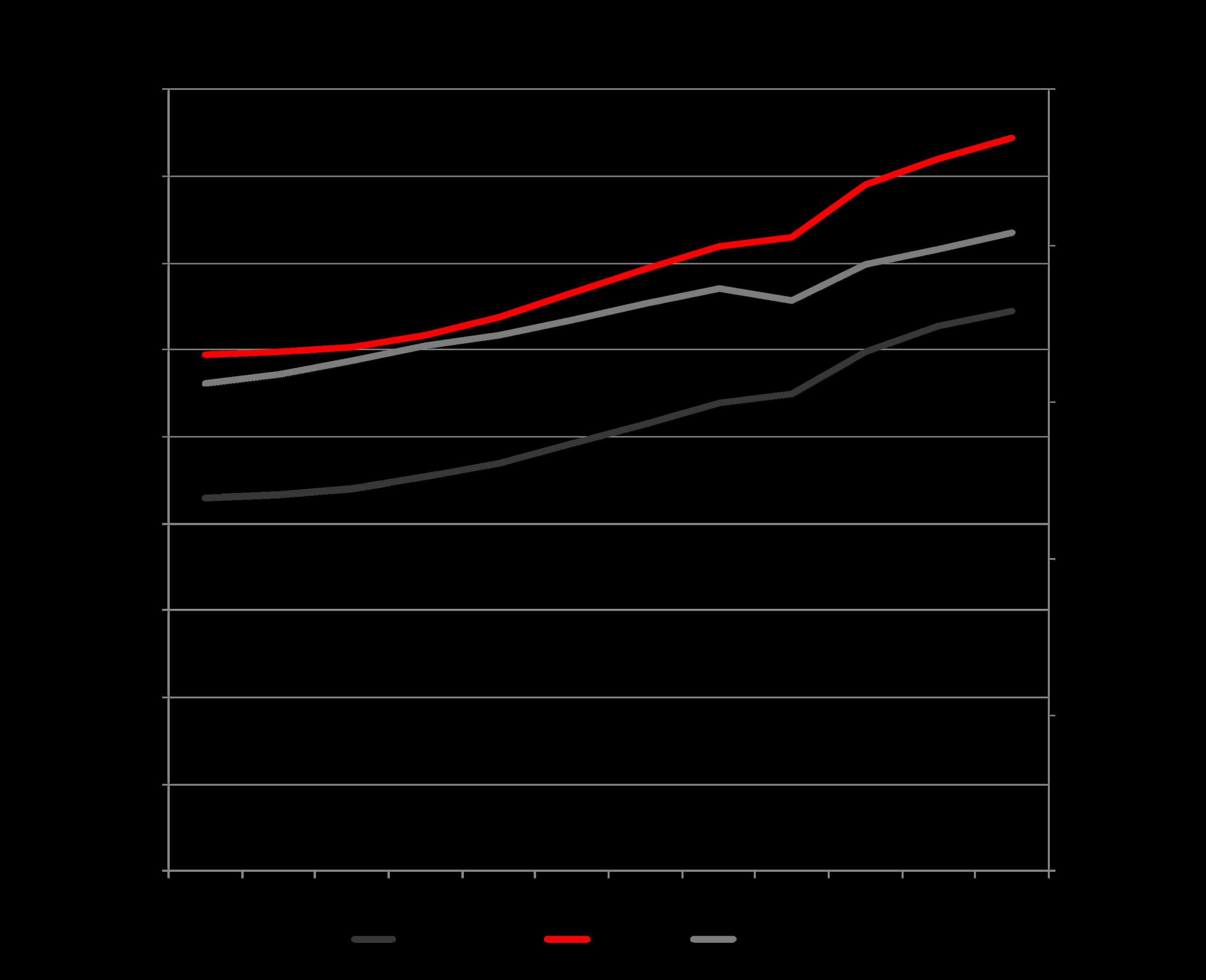


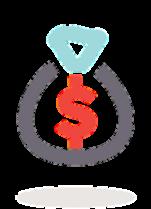
The percentage growth in real per capita personal income from 2022 to 2023 in Greater Phoenix was modestly lower than the national average In Greater Phoenix and Arizona, overall real personal income grew slower than the national average from 2022 to 2023



Greater Phoenix’s pre-COVID peak was in December 2019 at 2,255,700 jobs
Jobs have increased by 38,300 compared to July, and by 35,900 year over year
Current total nonfarm payroll employment is 2,446,600 jobs; unemployment rate is 4.2%

Greater Phoenix Job Growth


The largest industries in Greater Phoenix are professional and business services and healthcare and social assistance
There has been significant growth in the healthcare and social assistance sector following the 2008 recession. Conversely, construction is experiencing very slow but gradual growth while there is a decline in retail trade as a share of total employment


The competitive effect measures the job change that occurs within an occupation and indicates how much of the job change within a given region is the result of some unique competitive advantage of the region
The occupational mix effect is the number of jobs we would expect to see added or lost within an occupation in our region, based on its national growth/decline
To measure the competitive effect, we subtract the expected change from the actual regional job change NB; This effect can be positive even if regional employment is declining
The occupational mix effect is calculated by subtracting the national growth rate of the overall economy from the national growth rate of the specific occupation
degree


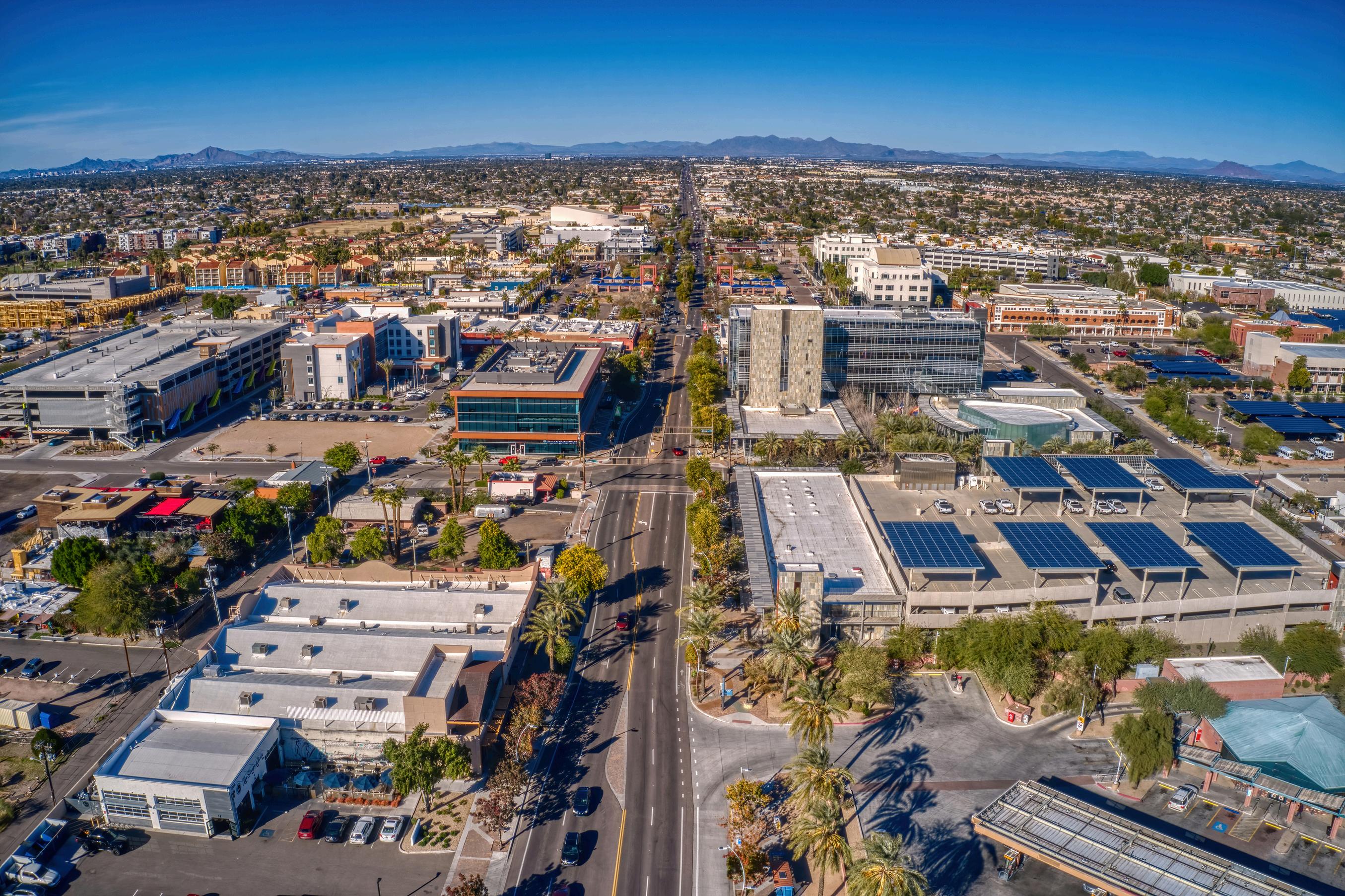

Greater Phoenix job growth is projected to be 1.84% from 2025 to 2026 Arizona job growth is projected to be 1.61% from 2025 to 2026

Greater Phoenix recovered all job loss caused by COVID-19 in 2021



Inflation reflects the annual percentage change in the cost to an average consumer of acquiring a standard market basket of goods and services. The inflation rate presented below is the year-over-year percentage change which is a measure of the average monthly change in the overall price for goods and services paid by urban consumers
The most recent inflation rate was 2.9%, 0.2 percentage points higher than the month of July
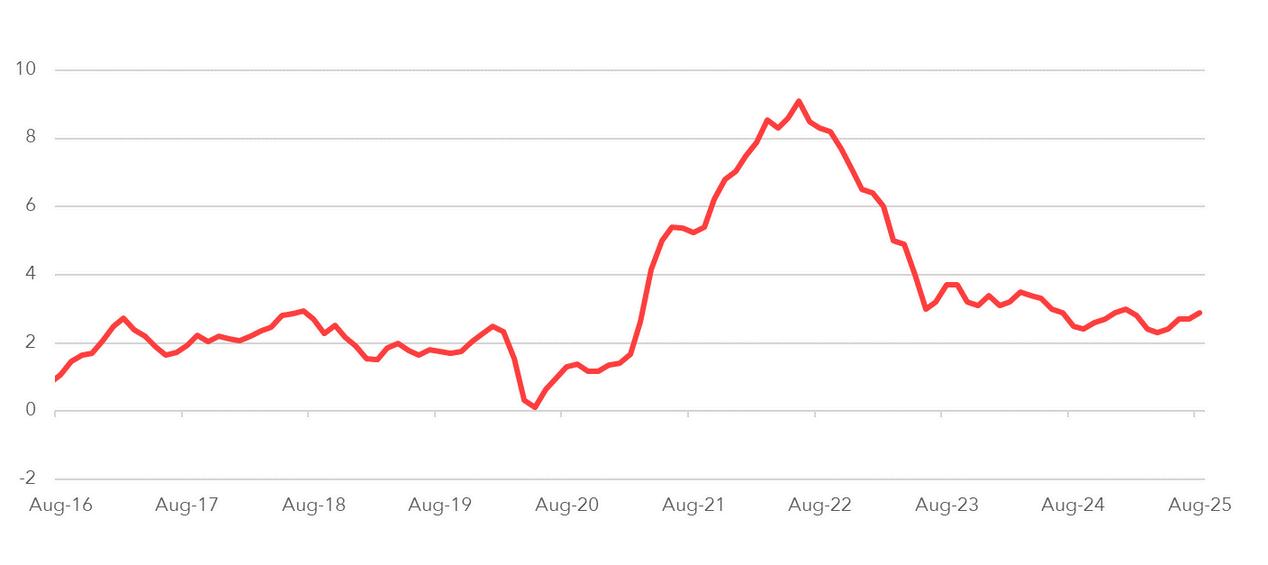

The Composite Business Confidence is an indicator for business tendencies, based on surveys measuring developments in production, orders and stocks of finished goods in the manufacturing sector. The indicator is exhibited as the percentage of net balances.
The net balances were at -2.6 in August, indicating slight pessimism towards economic activity in the future
Note:
The Composite Business Confidence (CBC) for the manufacturing sector has replaced the Business Confidence Index (BCI ) which used to measure the overall perception of businesses on the economy The percentage of net balances quantifies the overall sentiment or trend among respondents; A negative net balance indicates that more respondents are experiencing or expecting declines rather than improvements in the economy while a net balance of zero means that the percentage of positive and negative responses are equal, indicating a neutral outlook Source: OECD, September 2025



Presently, Greater Phoenix and the state exhibit a lower unemployment rate compared to the United States. Employment rates follow a consistent trend at the metro, state and national level

Among the June separations in Arizona, 81,000 were quits and 37,000 were layoffs and discharges compared to May’s 81,000 quits and 40,000 layoffs and discharges
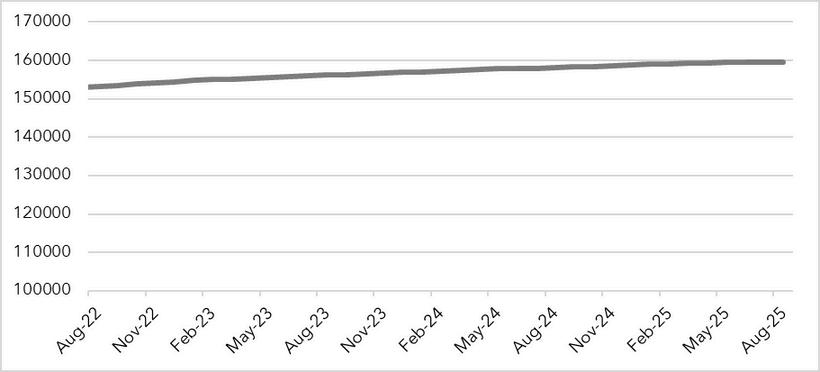
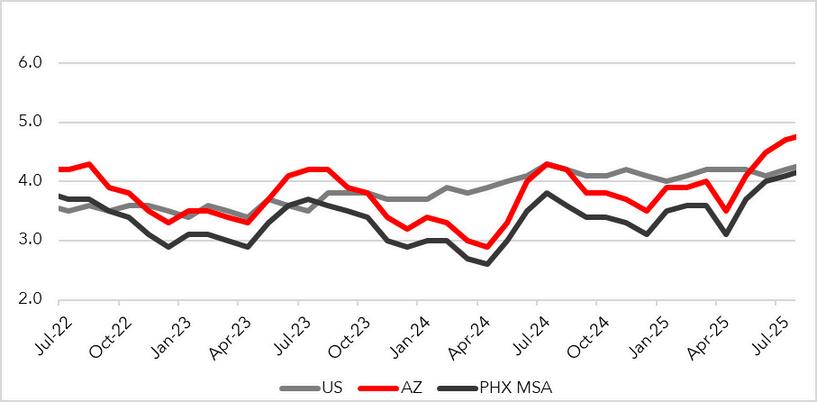
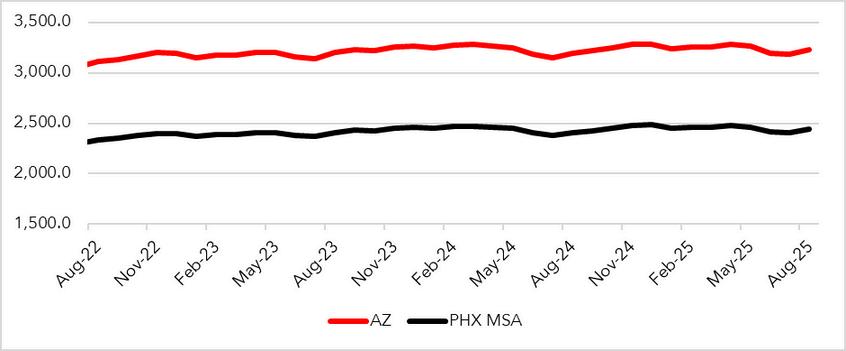




The overall cost of living in Greater Phoenix is 5.1% above the national average.


Consumer sentiment remains at or near its lowest level in the past decade
The Index decreased to 58.2 in August from 61.7 in July
Consumer Sentiment

Source: University of Michigan, August 2025



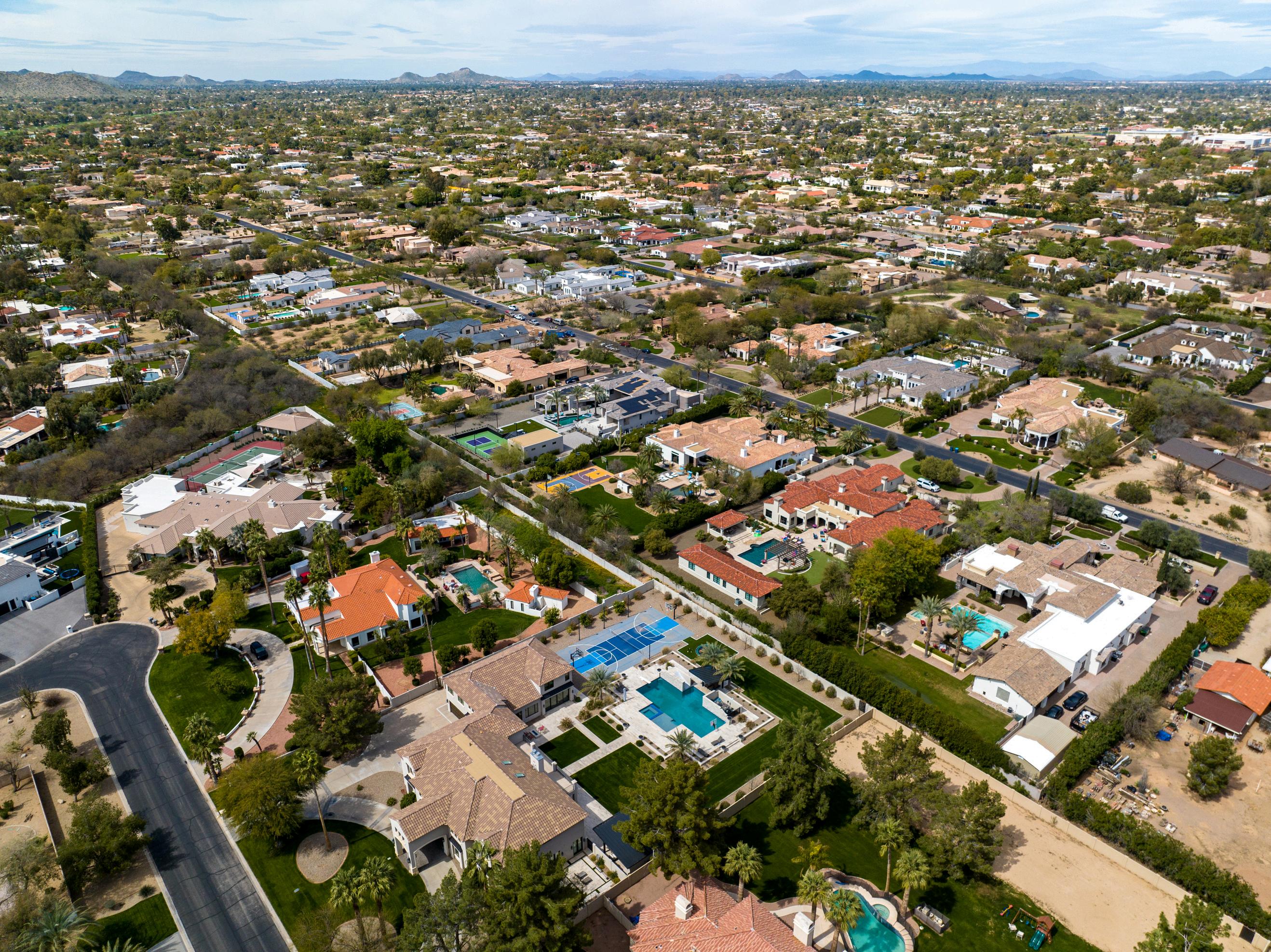
Home prices in Greater Phoenix increased for over a decade, reaching a peak in Q3 2022, with an index value of 502.39. After a slight dip, there has been an uptick in home prices since Q1 2023. In Q2 2025 the index stands at a value of 516.23, a 1.73% YoY change compared to Q2 2024.


This index shows the portion of a typical family’s income needed to make a mortgage payment on a median-priced home
The Q2 2025 reading for the Phoenix MSA indicates that 36% of a typical median family’s income of $109,600, was needed, to make a mortgage payment on a median-priced new single-family home of $474,600
Nationally, 36% of a typical family’s median income of $104,200 was needed to make a mortgage payment on a median-priced new singlefamily home of $410,800
Cost of Housing Index
